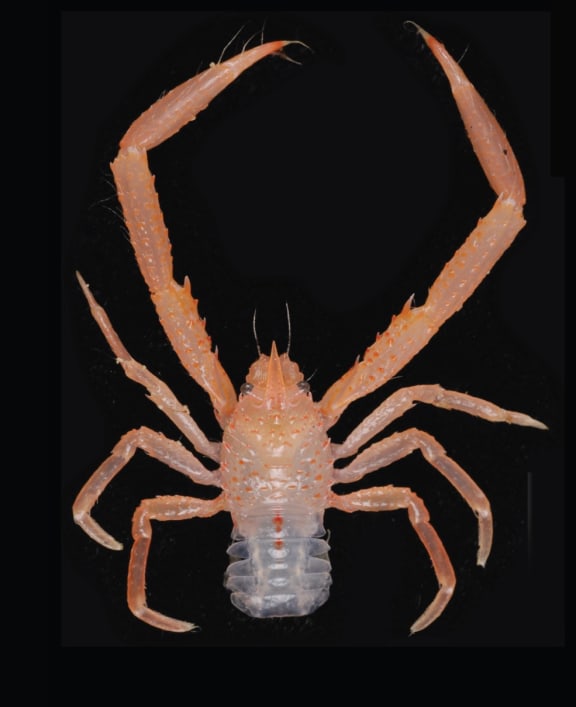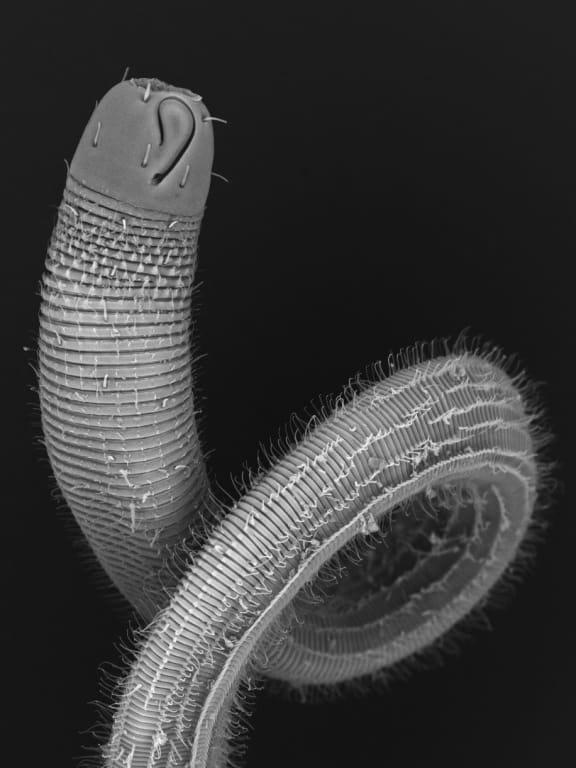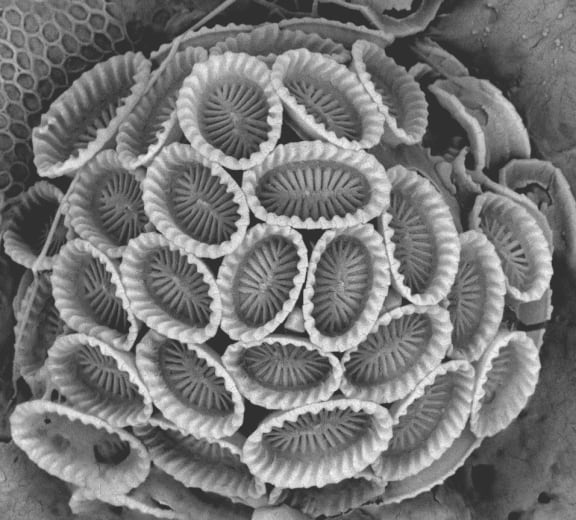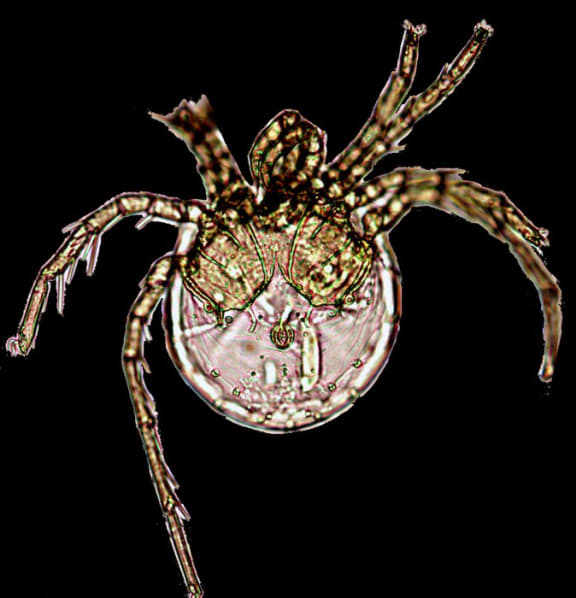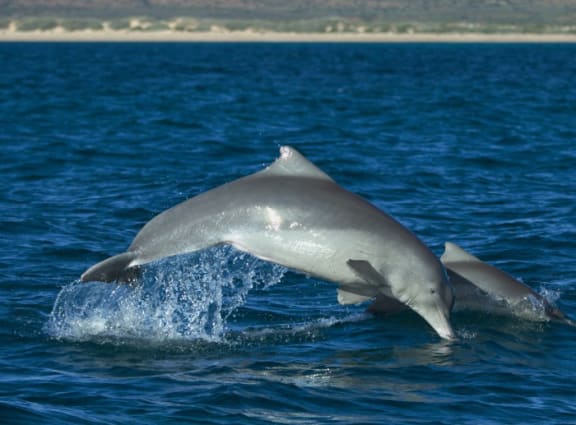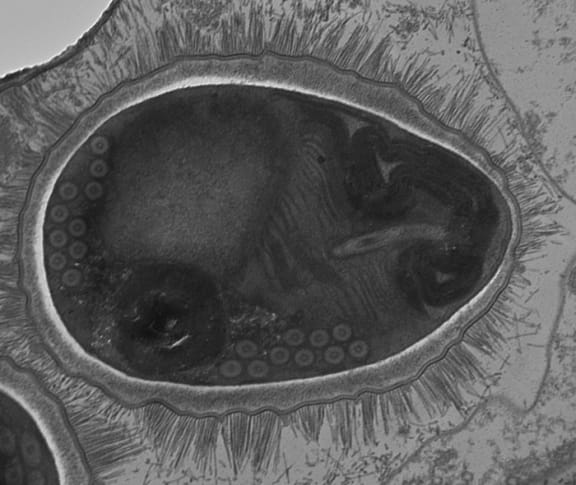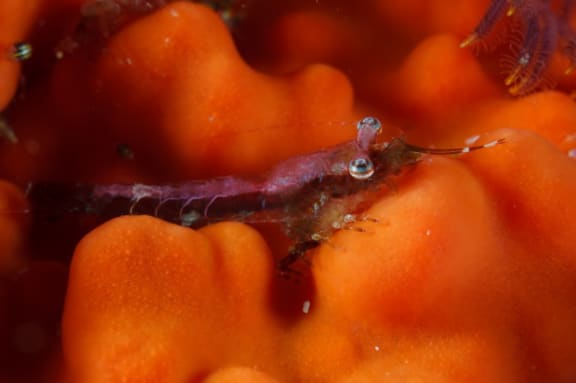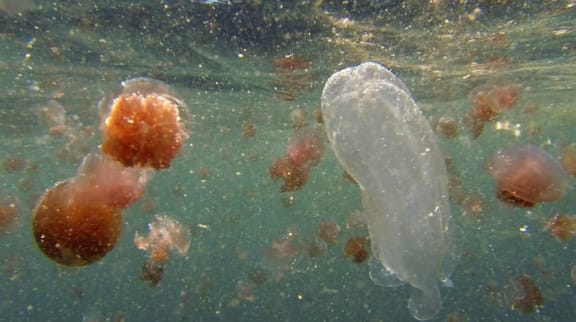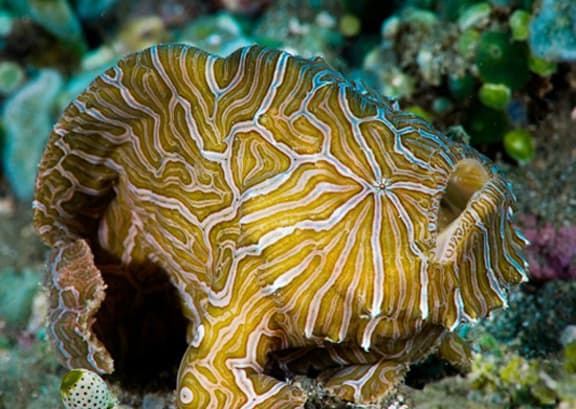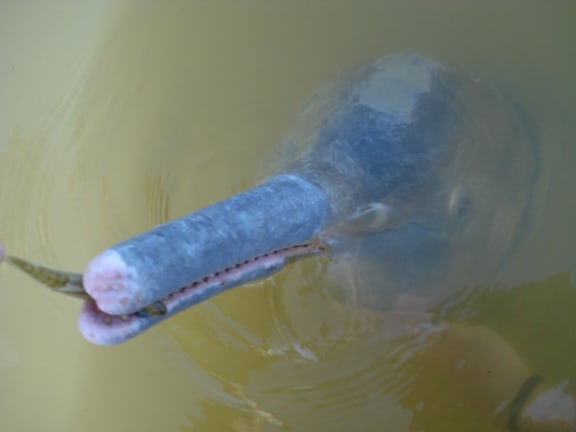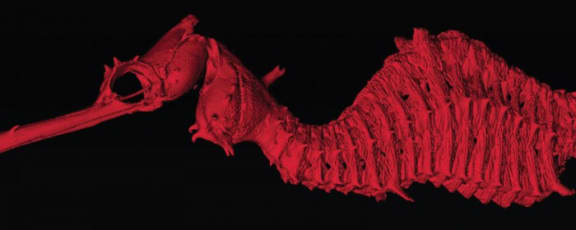by Veronika Meduna Veronika.Meduna@radionz.co.nz
Some 51 per cent of all our marine species are found only in New Zealand. What that means is that we become custodians of that knowledge on behalf of the rest of the planet.
Dennis Gordon, NIWA
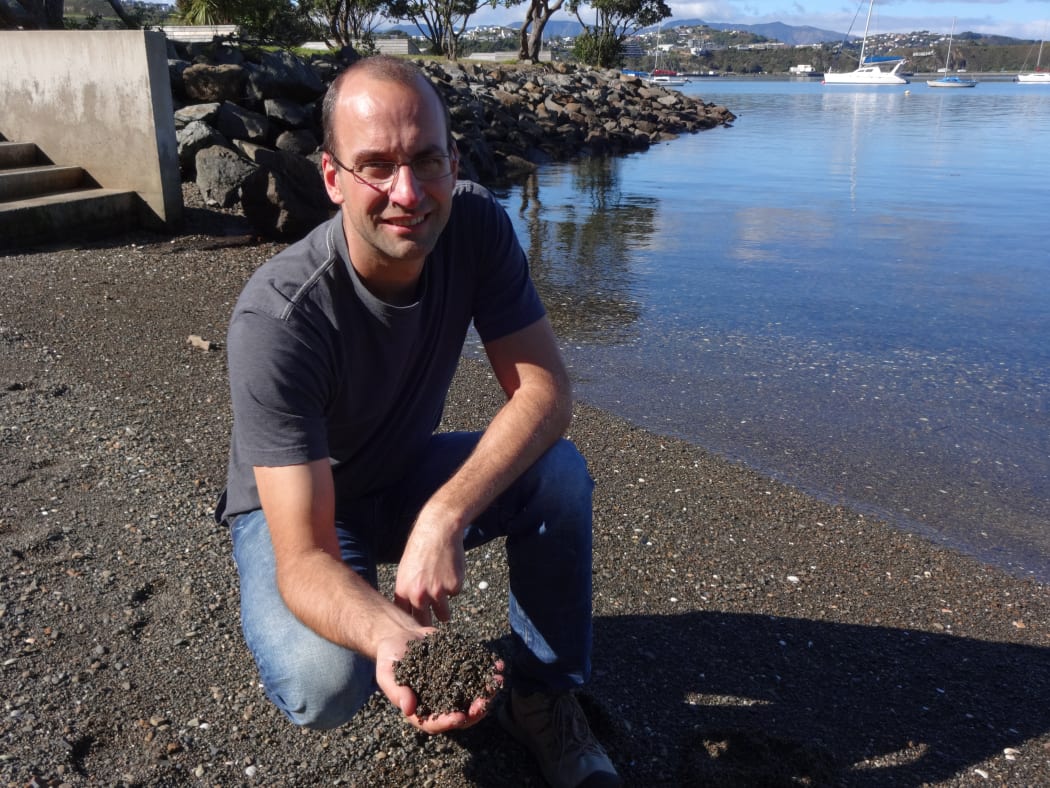
NIWA marine biologist Daniel Leduc at Hataitai beach in Wellington, where he discovered a new species of nematode in a handful of sand. Photo: RNZ / Veronika Meduna
Every day, Wellington marine biologist Daniel Leduc comes past a small, popular swimming beach on his way to work. One morning, he decided to grab a handful of sand from the intertidal zone to see what lives in it – and discovered a species of nematode nobody had described before.
These tiny, worm-like creatures are ubiquitous. Some are parasitic and live inside animals, including us, and plants. Free-living species are found everywhere, with the biggest diversity in soils and marine sediments. A square metre of sand or soil is likely to be home to a million nematodes.
“They are quite diverse. You can take a handful of sediment from a beach and you might find a dozen species or so. If you go to the deep sea, the same handful of sediment will probably contain about a hundred species,"says Daniel Leduc.
The newly discovered nematode is one of many new species marine biologists at the National Institute of Water and Atmosphere have contributed to a global effort to combine all existing knowledge of sea life. The World Register of Marine Species, known as WoRMS, recently announced that it has almost completed logging all of the world’s known marine species that have been described throughout scientific history.
Since the initiative began in 2008, more than 1000 new-to-science marine fish species have been described globally – an average of more than 10 per month – including 122 new sharks and rays, 131 new members of the goby family, and a new barracuda found in the Mediterranean.

Taxonomist Dennis Gordon with a rasta coral, a gorgonian octocoral called Narella hypsocalyx Cairns, at NIWA's type collection. The coral was formally named by Smithsonian taxonomist Stephen Cairns in 2012. Photo: RNZ / Veronika Meduna
A NIWA-led inventory of New Zealand’s marine species counted close to 12,500 named marine species for WoRMS.
NIWA taxonomist Dennis Gordon says the rate of discovery is only limited by the amount of time people can put into studying biodiversity, and as far as marine life is concerned, there is still a lot to be found.
“A case in point is when in 2007 we had the world’s first marine BioBlitz, which was focusing on the Taputeranga Marine Reserve on Wellington’s south coast. We had at least 20 new species and half a dozen of those have since been described.”
These new species are not all tiny microscopic organisms.
As we get more and more into the deep sea, we’re finding heaps of new species - and we’re talking here about quite large organisms. We’re talking about sponges, large corals, including black corals. It’s hard to keep up with the rate of discovery.
Dennis Gordon says while naming and describing biological diversity is fundamental to ecological science, the next step is to protect unique ecosystems.
“This is particularly true for New Zealand, because we have a high degree of endemism, in other words, species that are found nowhere else in the world. And this is true even in the marine environment – some 51 per cent of all our marine species are found only in New Zealand. What that means is that we become custodians of that knowledge on behalf of the rest of the planet.”
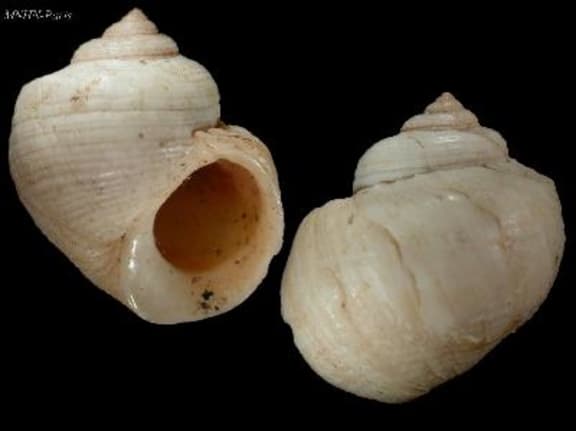
With 113 different names, the rough periwinkle was the champion of taxonomic redundancy. It now goes only by one scientific name, Littorina saxatilis. Photo: MNHN / D Brabant
Globally, in 2014 alone, some 1,451 new marine creatures were added to WoRMS, including 139 sponges and two dolphins (see image gallery above). But apart from adding new species, another task is to tidy up taxonomic redundancies. The champion in this category is Littorina saxatilis, a sea snail popularly known as the rough periwinkle, which has been described and named 113 times.
The most daunting challenge, however, is that researchers with the Census of Marine Life, within which WoRMS is a major component, estimate that up to two million marine species remain to be discovered and described.
“It is humbling to realise that humankind has encountered and described only a fraction of our oceanic kin, perhaps as little as 11 per cent," says WoRMS co-chair Jan Mees.
We fear many species will almost certainly disappear due to changing maritime conditions - especially warming, pollution and acidification - before we’ve had a chance to meet.
